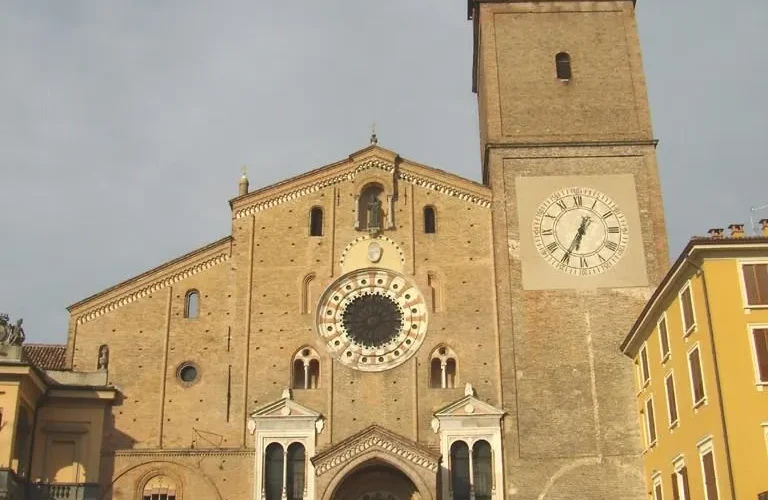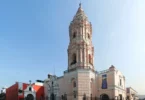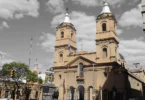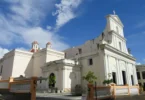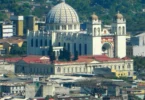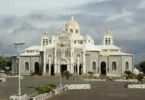Introduction

The Cathedral Basilica of the Virgin of the Assumption (Duomo di Lodi, Basilica Cattedrale della Vergine Assunta) is a Roman Catholic cathedral located in Lodi, Lombardy, Italy. Dedicated to the Assumption of the Blessed Virgin Mary, it serves as the main place of Catholic worship in the city and the episcopal seat of the Diocese of Lodi.
As one of the largest churches in Lombardy and the oldest monument in Lodi, the cathedral holds significant historical and architectural importance. The first stone was symbolically laid on August 3, 1158—the very day the city of Lodi was founded.
In March 1970, Pope Paul VI elevated the cathedral to the status of a minor basilica, recognizing its religious and cultural significance.
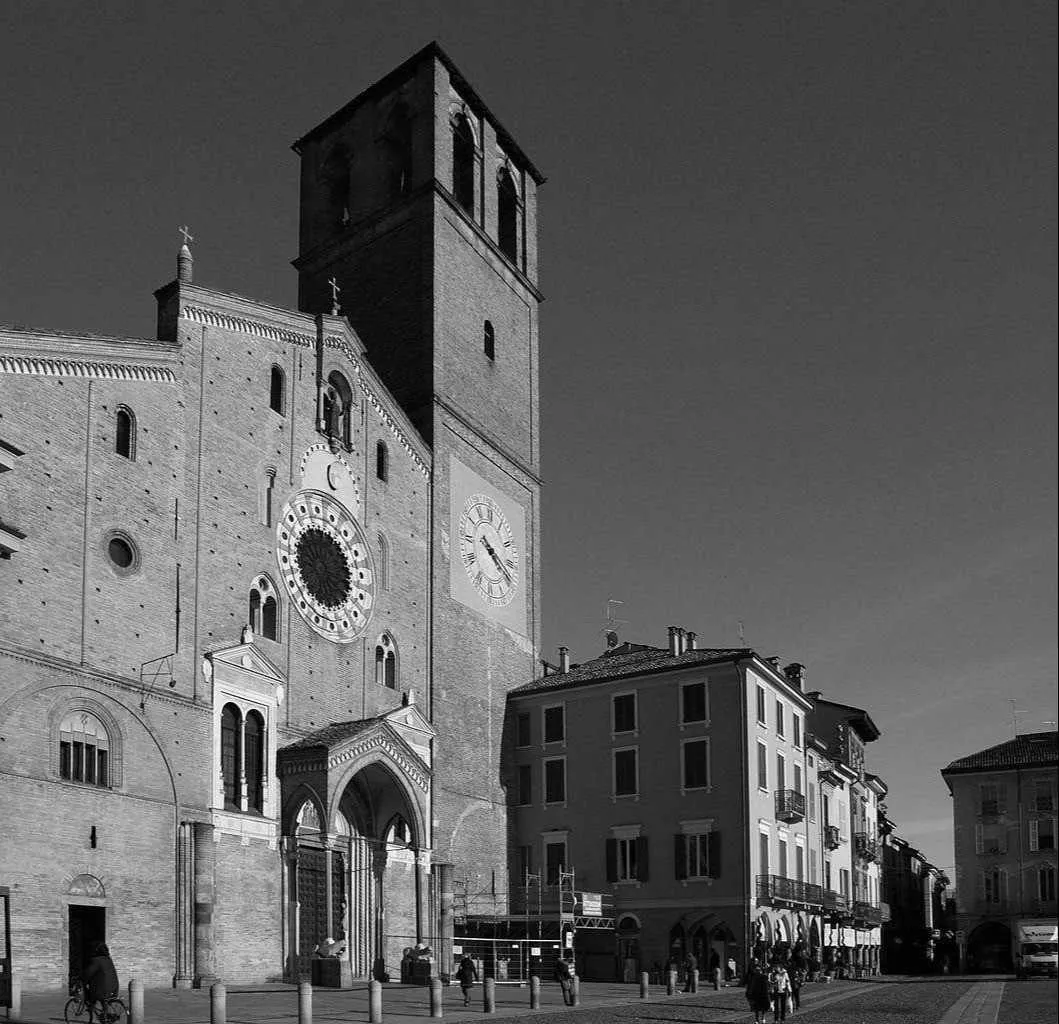
Founding and Early Construction
The foundation of Lodi Cathedral dates back to August 3, 1158, the same day Lodi was refounded after its destruction by Milanese troops in 1111. The initial construction phase likely utilized materials from the ancient city of Laus Pompeia (modern-day Lodi Vecchio), which had been an earlier center of worship. This phase concluded in 1163, marked by the solemn inauguration of the crypt with the translation of the relics of Saint Bassianus, in the presence of Emperor Frederick I Barbarossa.
The Second Phase and Architectural Evolution
Construction continued from 1170 to 1180, though the façade was not completed until 1284 with the addition of the Gothic porch. Over the centuries, the cathedral underwent several transformations:
In the early 16th century, under the direction of Claudio di Seyssel, the apostolic administrator of the diocese, significant restoration and modernization efforts were undertaken. These changes included the introduction of two mullioned windows on the façade and the creation of a new rose window.
In the 18th century, further restorations led by architect Francesco Croce altered the cathedral’s original appearance.
Restoration and Preservation
Between 1958 and 1965, extensive restoration works were carried out to restore the cathedral to its original Romanesque style, undoing the alterations made during the 18th-century renovations. This effort aimed to preserve the cathedral’s historical and architectural integrity.
The Ancient Church of Santa Maria di Lodi Vecchio
Before the construction of the current cathedral, Saint Bassiano, upon becoming bishop of Lodi, initiated the building of a church outside the city walls in the 4th century, dedicated to the Twelve Apostles. However, with the onset of the barbarian invasions, the church’s location became vulnerable, leading to its reconstruction within the city walls.
This earlier church was destroyed in 1158 along with the city, as it remained loyal to Frederick Barbarossa during the war against Milan. Historical accounts by chroniclers Ottone and Acerbo Morena provide insight into this period.
A Monument of National Importance
Today, Lodi Cathedral is recognized as an Italian national monument, celebrated for its architectural grandeur and historical significance. Its Romanesque style, rich history, and cultural heritage make it one of the most important landmarks in Lombardy.
Architecture of Cathedral Basilica of Our Lady of the Assumption, Lodi, Italy
Architecture Style: Baroque, Mannerist
Exterior Description
The façade of Lodi Cathedral is an iconic example of Romanesque architecture, characterized by its asymmetrical design and terracotta construction. The façade, initiated in 1160, is distinguished by a Gothic porch dating back to 1285, supported by slender columns resting on stone lions. Above the porch, a lunette features Saint Bassianus, the Madonna, and Christ Blessing. Christ is depicted holding an open book with the inscription “REX” on the cross, symbolizing his kingship. Statues of Adam and Eve and grotesque telamons (supporting figures) embellish the pilasters, crafted by the Campionese masters using statues from the Piacenza Cathedral.
The façade also boasts a large central rose window and two Renaissance mullioned windows, likely crafted by the school of Giovanni Antonio Amadeo, inspired by the design of the Certosa di Pavia. A niche houses a bronze statue of Saint Bassianus, a replica of the original gilded copper statue from 1284, now housed inside the cathedral. The massive bell tower, built between 1538–1554 based on designs by Callisto Piazza, remains unfinished due to military security concerns.
Adjacent to the cathedral, the “Courtyard of the Canons” is all that remains of the ancient 1484 cloister, designed by Giovanni Battagio, featuring terracotta columns and decorative elements. The cathedral also provides access to the Diocesan Museum of Sacred Art, showcasing an array of religious masterpieces.
Interior Description

The cathedral follows a basilica plan with a nave and two side aisles, separated by cylindrical terracotta pilasters and covered with cross vaults. Galleries above the side aisles open onto the central nave through mullioned windows. The apse and ancient presbytery, elevated and housing the Baroque high altar crafted from polychrome marble, are significant features. In front of the ancient presbytery is a new altar built after the Second Vatican Council, featuring a red Verona marble sarcophagus.
The cathedral houses remarkable artworks, including a polyptych by Callisto Piazza depicting the Massacre of the Innocents, another polyptych by Albertino Piazza portraying the Virgin of the Assumption, and a 15th-century Last Judgement fresco. A painting of the Madonna of the Snow appearing to Pope Liberius by Giulio Cesare Procaccini adds to the artistic richness, while the large apse is adorned with a mosaic by Aligi Sassu.
The pipe organ, built by the Serassi brothers in 1835, is positioned behind the Baroque altar. It features an entirely mechanical transmission with two manuals (Grand’Organo and Echo Expressive) of 69 notes each, plus a 24-note pedal board. The instrument has 54 registers, producing rich and dynamic tones.
The Crypt
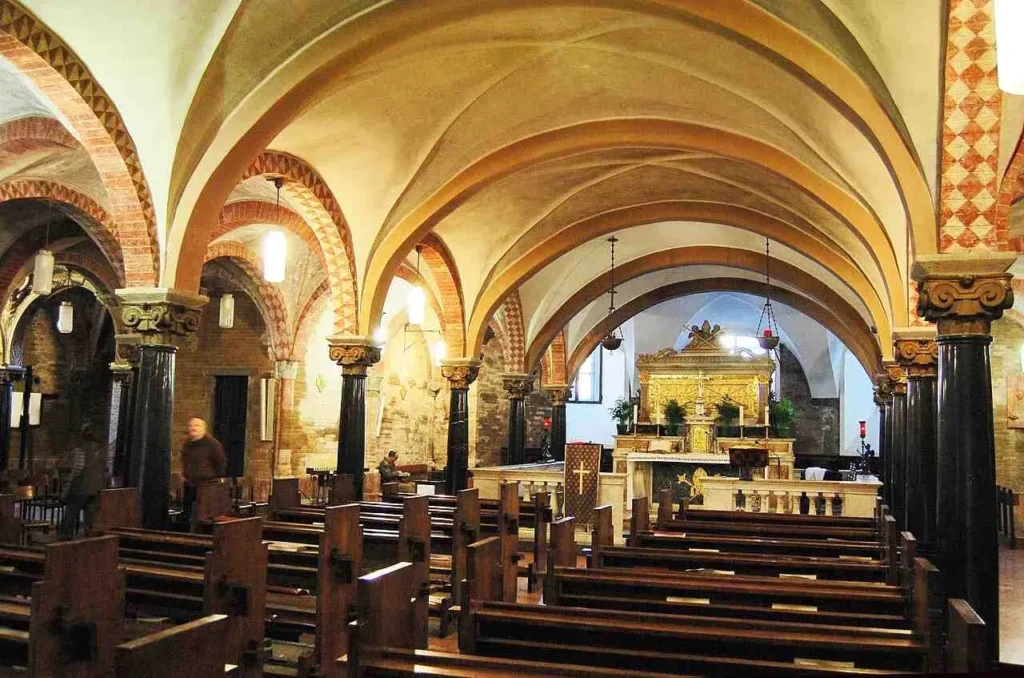
The crypt is the oldest part of the cathedral, with its entrance adorned by a 12th-century bas-relief depicting the Last Supper. Originally, the floor was raised by 65 cm, supported by terracotta pilasters. At its center is the 1856 altar, housing the relics of Saint Bassianus in a silver case, crafted by Antonio Cassani, with engravings by Giosuè Argenti and embossed copper plates by Tilio Nani. To the left of the main altar is the altar of Saint Alberto Quadrelli, bishop of Lodi from 1168 to 1173. The bodies of both saints were recomposed and re-covered in 1994.
In the left apse, a 15th-century sculptural group portrays the Lamentation over the Dead Christ, popularly known as the “caragnòn del Dòmm,” showcasing expressive weeping figures.
Feast Day
Feast Day: August 15
The Cathedral Basilica of Our Lady of the Assumption in Lodi, Italy, celebrates its feast day on August 15th, honoring the Assumption of the Blessed Virgin Mary. This significant feast day marks the belief that Mary was taken body and soul into Heaven. The day is marked by religious ceremonies, including Mass and processions, with the faithful coming together to celebrate and seek the intercession of the Virgin Mary. It is one of the most important feast days for the cathedral and the local community in Lodi.
Church Mass Timing
Yet to Update
Church Opening Time:
Monday : 7:30 am – 12:00 pm3:30 pm – 7:00 pm
Tuesday : 7:30 am – 12:00 pm3:30 pm – 7:00 pm
Wednesday : 7:30 am – 12:00 pm3:30 pm – 7:00 pm
Thursday : 7:30 am – 12:00 pm3:30 pm – 7:00 pm
Friday : 7:30 am – 12:00 pm3:30 pm – 7:00 pm
Saturday : 7:30 am – 12:00 pm3:30 pm – 7:00 pm
Sunday : 7:30 am – 12:00 pm3:30 pm – 7:00 pm
Contact Info
Address:
Piazza della Vittoria, 4/10, 26900 Lodi LO, Italy.
Phone: +390371420726
Accommodations
Connectivities
Airways
Milan Linate Airport to Cathedral Basilica of Our Lady of the Assumption, Lodi, Italy distance between 34 min (38.6 km) via A1.
Railways
Lodi Railway Station to Cathedral Basilica of Our Lady of the Assumption, Lodi, Italy distance between 3 min (700.0 m) via Viale Dante Alighieri and Via Giuseppe Garibaldi.

